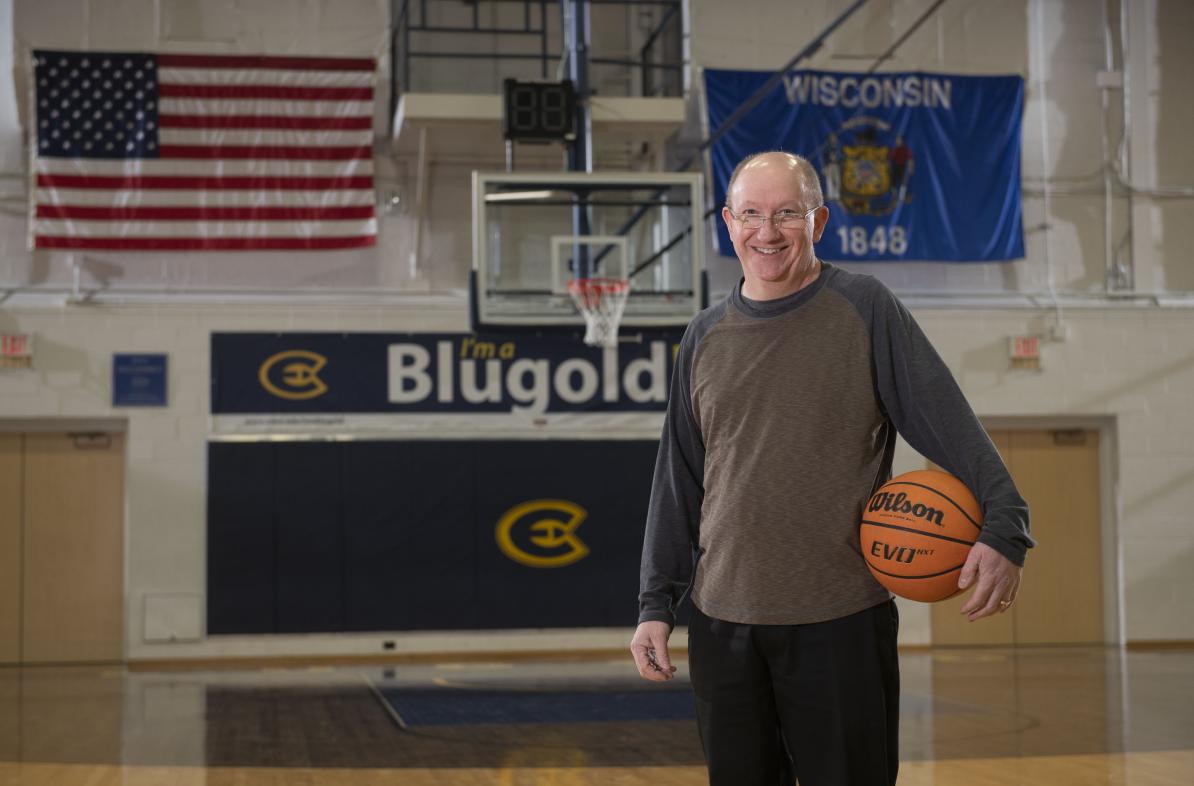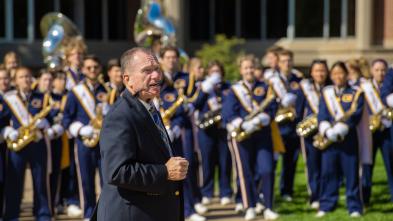Featured Image
For the media

Title
What does it take to be a star during March Madness? Talent, passion and an understanding of physics
Authored on
What does it take to be a star during March Madness? Talent, passion and an understanding of physics
Published on:
Intro text
So, what does it take to be among those elite athletes who make March Madness so exciting? Talent, practice and a basic understanding of physics, says Dr. Erik Hendrickson, a UW-Eau Claire physics professor.
Sections
For the media
For the media
Image download


